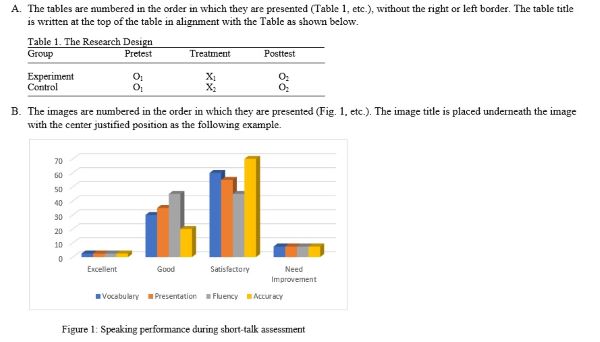Author Guidelines
- The manuscripts sent to Cultural Narratives are original research manuscripts relating to minorities, diversity, and group studies in cultural studies, linguistics and literature and have not been published either inside or outside the country and are not being proposed in other journals and are not the result of plagiarism by others as evidenced by the original statement of originality
- Manuscript is written in English. The writing system for research outcome is title, name of the writer, abstract with key words, Introduction, methods, Result and discussion, conclusion, and reference.
- The manuscript is typed in English with Microsoft Word program, Book Antiqua, 12 pts size, with space 1. The manuscript is written on A4 paper around 4000-6000 words.
- The manuscript is submitted online by creating an account as an author by registering through the online submission
- The title of the manuscript describes the subject matter of the essay, written in a briefly and clearly, not more than 16 words with the Book Antiqua font 14.
- The name of the author is written without any academic degree, followed by the name of author’s institution with the Book Antiqua font 12, located under the title of the article. In case manuscript written by the team, the editor is only in contact with the corresponding author or the first mentioned author.
- The abstract and keywords must be written in English. The length of each abstract is around 150-250 words with the Book Antiqua font 10, while the limit of key words is 3-5 words. The abstract, at the least, must contain the aim, method, and result of the research.
- The Introduction includes background issues, benefits and rationalization of activities (research or devotion) as well as research gap. The objectives of the activity and problem-solving plan are presented in this section as well as the research which relevant to that manuscript with the Book Antiqua font 12.
- The research method describes the design of activities, scope or objects, participants, materials and main tools, places, the techniques of data collection, operational definitions of research variables, and analysis techniques with the Book Antiqua font 12.
- The results and discussion present the results of the research. The results of the study can be completed with tables, graphs (drawings), and or charts. The discussion section presents the results of data processing, interpreting the findings logically, linking them with reference sources which relevant to that manuscript with the Book Antiqua font 12.
- The conclusion contains a brief summary of the results of research and discussion with the Century Book Antiqua font 12.
- Suggestion may be written or not, the suggestion is given to the readers which written based on the findings in research.
- Acknowledgments may be written or not, the acknowledgments are the author's gratitude to the promoter team/advisory team, and those who have helped in research and funders.
- The list of references only contains referred sources, and all referred sources must be mentioned on the list. Reference sources consist of, at the least, 80% printed literature published in the last 10 years. The reference sources in the form of research articles in a journal or in a research report (including undergraduate theses, master theses, dissertations, books, and other relevant publications).
- All reference mentioned should be written down in reference using American Psychological Association (APA 7th) style and arranged from A to Z, for instance (Utomo, 2021).
- The updated reference is recommended for the last 10 years with the Book Antiqua font 12 and the list of references used at least 80% is the primary source/journal article. The reference manager is recommended such as Mendeley, Zotero, Ms References, or EndNote.
- All manuscripts are anonymously reviewed by reviewers appointed by the editor according to their expertise. The author is given a chance to revise the manuscript based on the reviewer’s or the editor’s recommendation/advice. The decision of publication or rejection will be informed through the author’s email address.
- The editor has the right to modify and correct the spelling, writing, and grammar of the published manuscript.
- Everything related to citing permission or computer software usage in writing the manuscript or any other things related to copyright done by the author, along with all its legal consequences, becomes the author’s full responsibility.
- The writing of tables and figures. The following is the example of writing tables and figure

